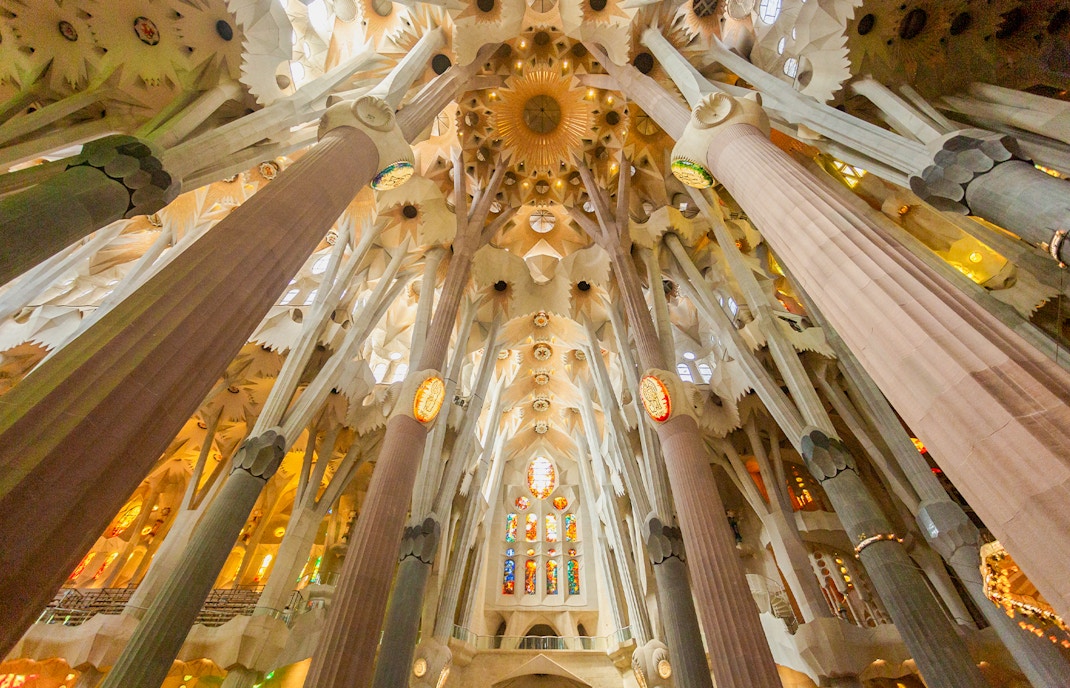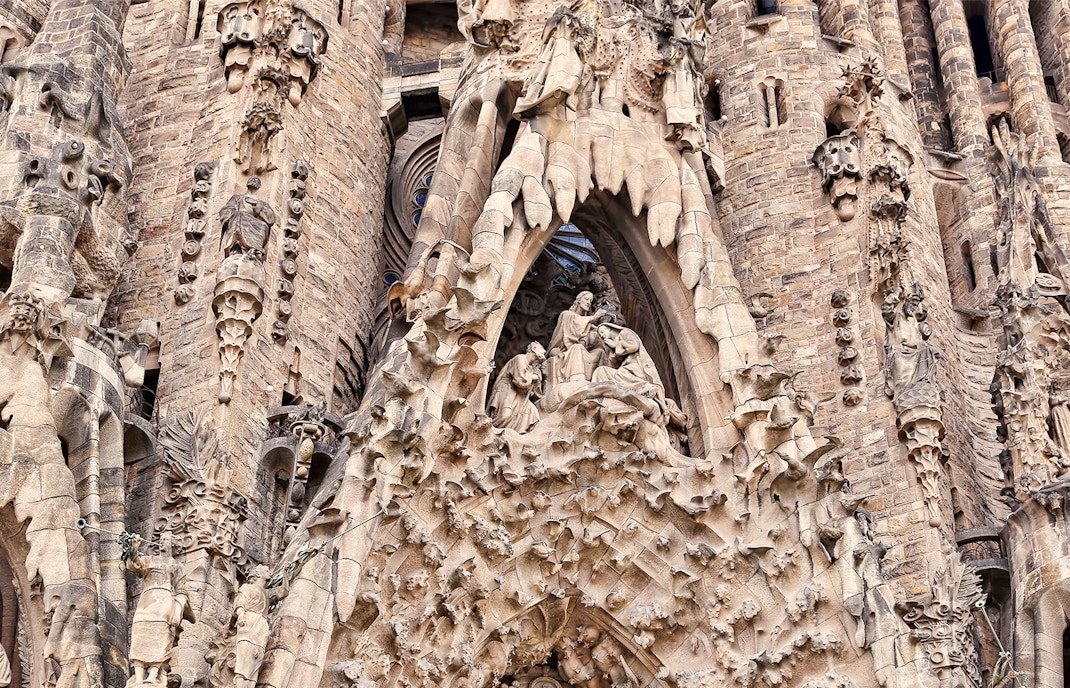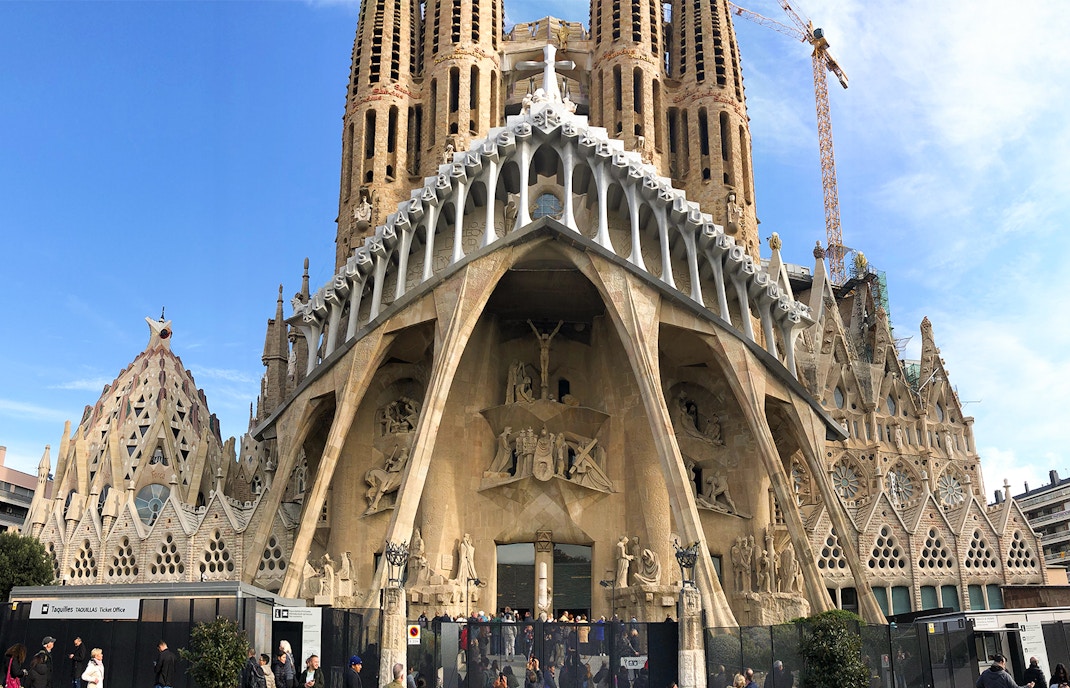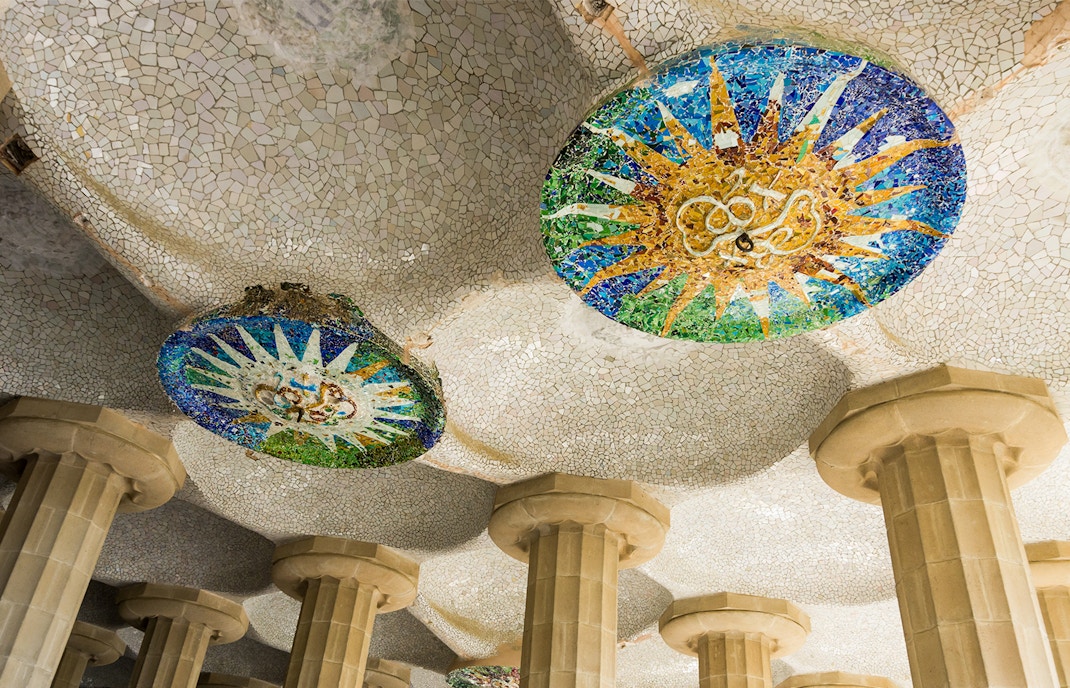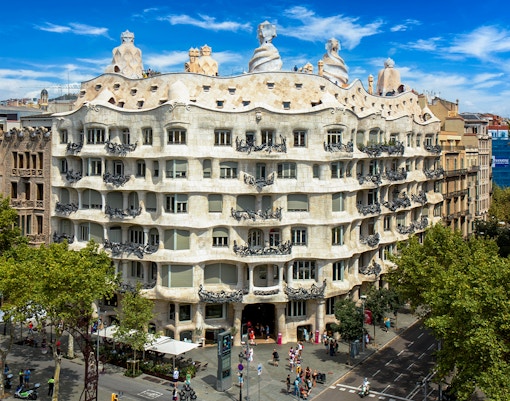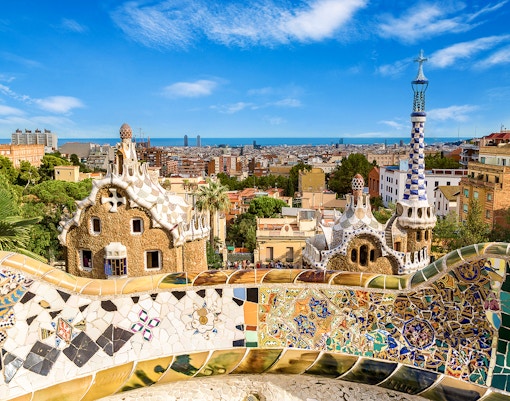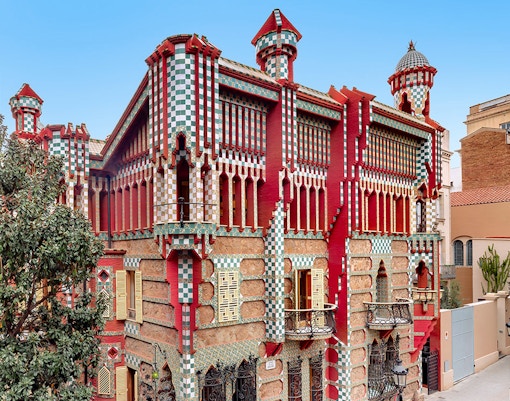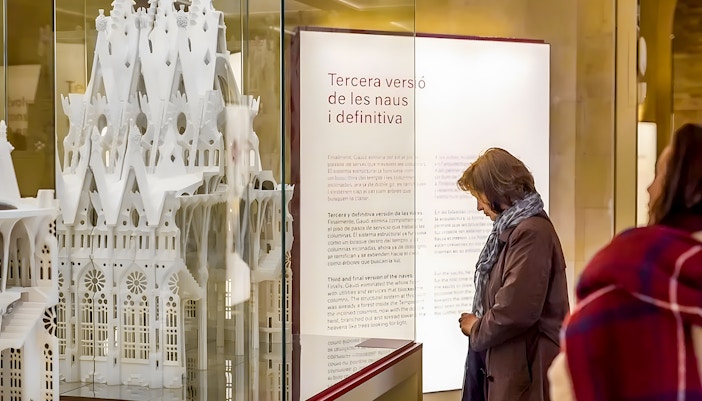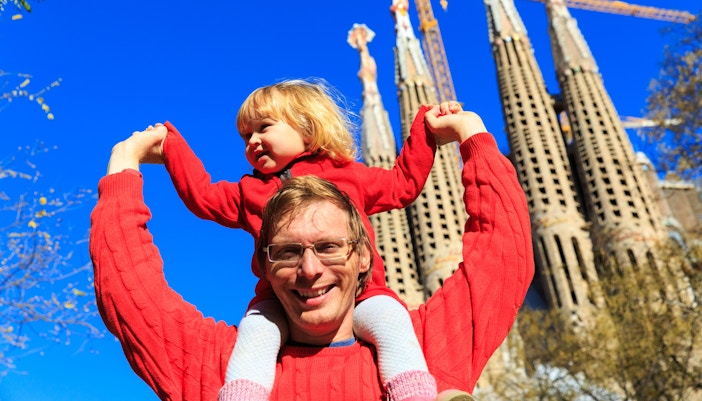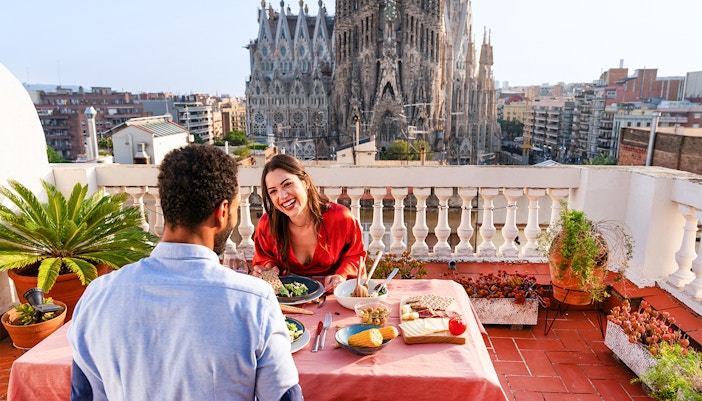When Gaudí took over the Sagrada Familia in 1883 at just 31 years old, he was already building a reputation for his unusual, nature-inspired style. However, nothing could have prepared Barcelona or the world for how deeply this one project would consume him.
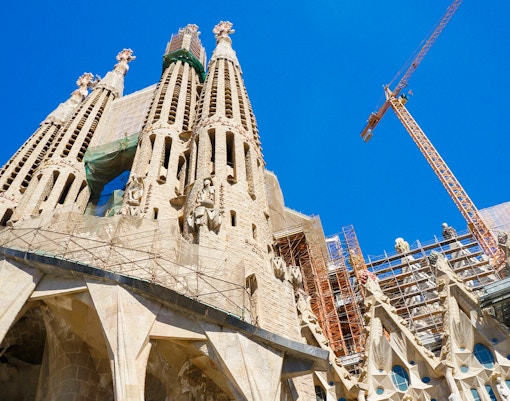
Gaudí takes over Sagrada Familia
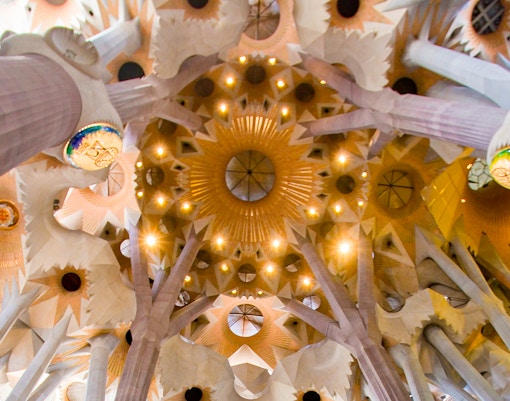
Abandons everything else
In the early years, Gaudí was juggling the basilica project along with other commissions. But by 1914, he dropped everything else to dedicate himself completely to the church. He saw it not just as architecture but as a spiritual duty—a monument meant to glorify the divine through beauty, form, and symbolism.
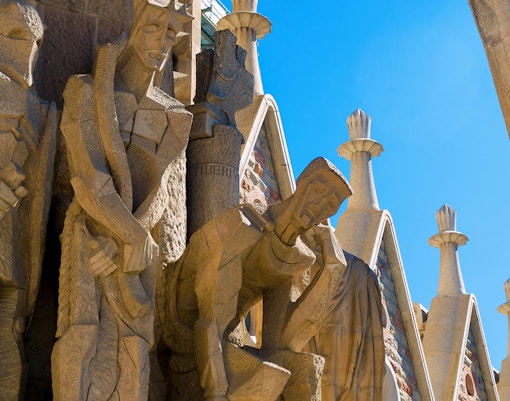
Gaudi’s monastic life begins
By the 1920s, he had become a recluse, living in a small room inside his workshop. He wore simple clothes, walked barefoot in the cold, and fasted frequently. Some say he grew unrecognizable, devoted entirely to the vision in his mind and the cathedral rising from the earth.
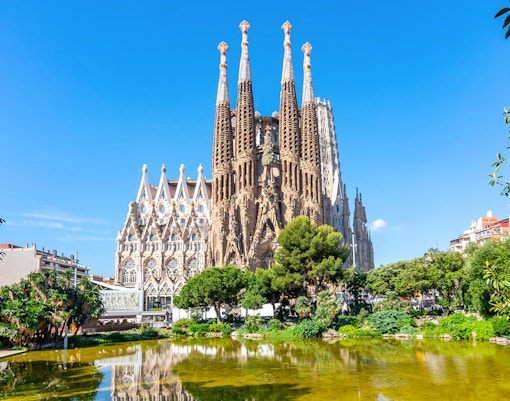
His sudden end
In 1926, Gaudí was struck by a tram while walking through Barcelona. Dressed in rags, he was mistaken for a beggar and brought to a charity hospital. He died three days later at age 73.
Barcelona mourned Gaudi's death as if royalty had died, with thousands lining the streets to pay their respects during the grand funeral. His final resting place was the crypt of the Sagrada Familia, the iconic basilica that embodied his lifelong passion, ensuring he remained forever connected to the city he loved.
